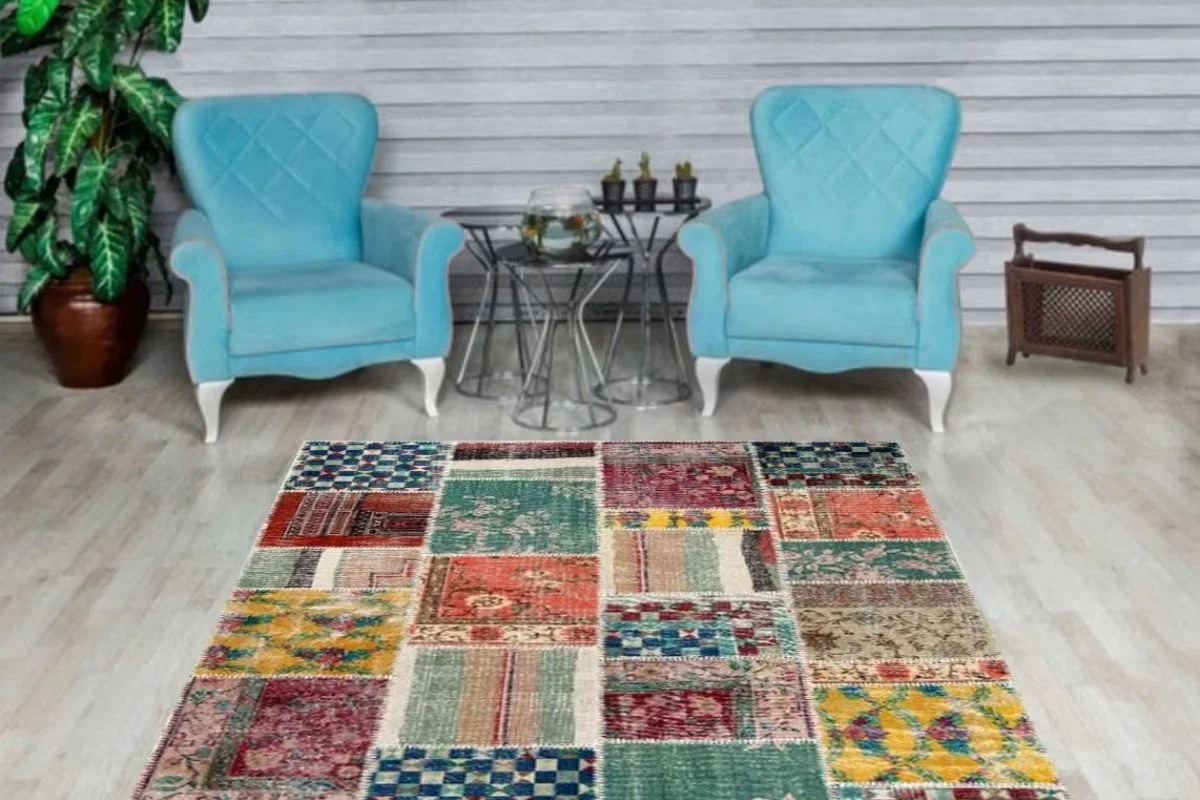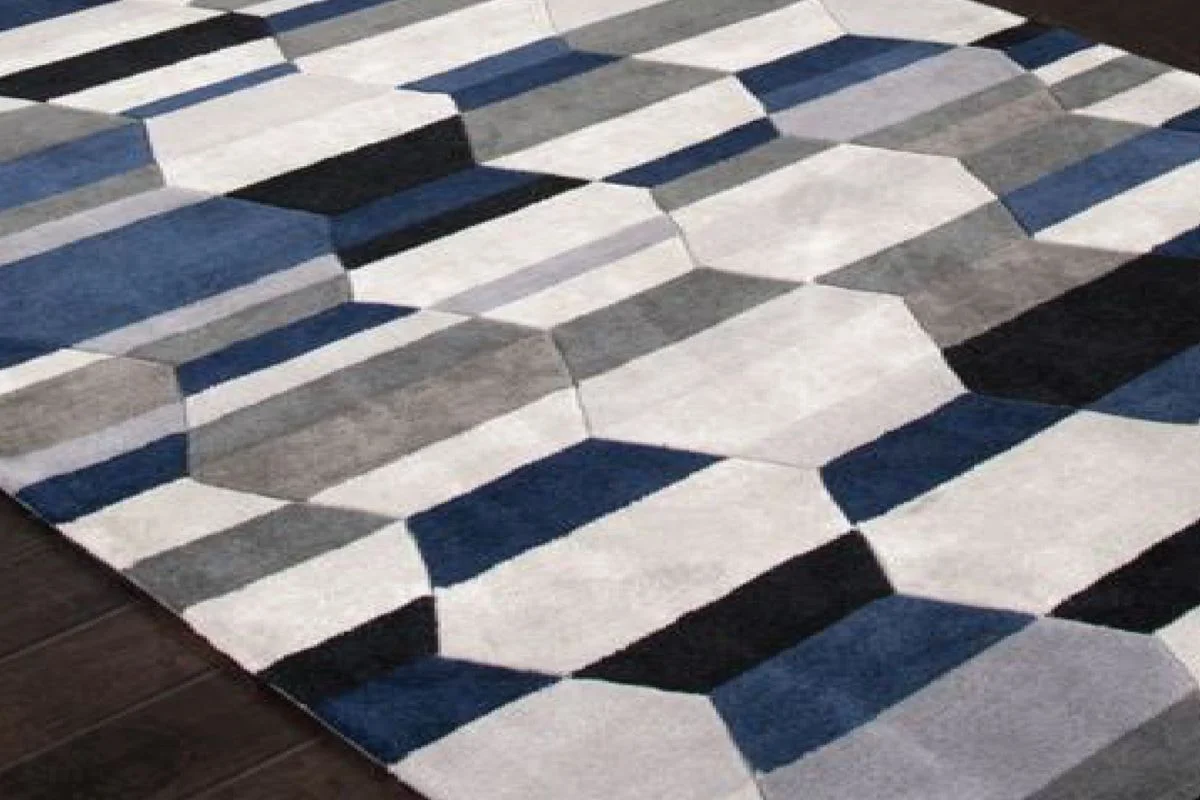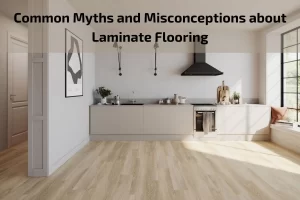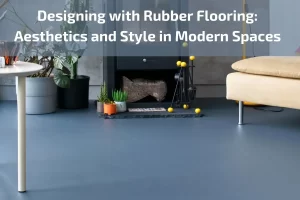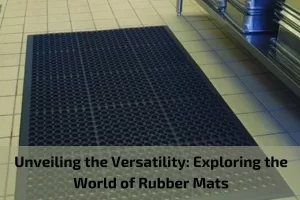Patchwork rugs are a captivating blend of tradition, innovation, and artistry, weaving together fragments of history and culture into beautifully crafted works of floor art. These rugs tell stories of craftsmanship, creativity, and cultural heritage, offering a unique glimpse into the diverse tapestry of human expression.
Originating from the rich textile traditions of various cultures around the world, patchwork rugs have evolved into cherished pieces that grace homes, offices, and public spaces with their distinctive charm and character. Each patchwork rug is a testament to the skill and ingenuity of its makers, reflecting centuries-old techniques passed down through generations.
Definition and Overview of Patchwork Rugs
Patchwork rugs are unique and artistic floor coverings crafted from various pieces of fabric or carpet remnants stitched together to create a cohesive and visually appealing design. Originating from traditional textile practices, patchwork rugs have evolved into popular decor items prized for their beauty, versatility, and cultural significance.
These rugs are characterized by their patchwork construction, which involves assembling individual patches or panels of fabric in a harmonious arrangement. The patches may be made from different materials, such as wool, silk, cotton, or synthetic fibers, and can feature a wide array of colors, patterns, and textures.
Patchwork rugs often showcase intricate designs and motifs inspired by traditional weaving techniques, cultural symbols, or artistic influences. From geometric patterns and floral motifs to abstract compositions, each patchwork rug tells a unique story and reflects the creativity and craftsmanship of its maker.
One of the distinctive features of patchwork rugs is their eclectic and eclectic aesthetic, which allows for endless possibilities in terms of design, color combinations, and styles. Whether used as a focal point in a room or as a complementary accent piece, patchwork rugs add warmth, texture, and character to any space.
In addition to their aesthetic appeal, patchwork rugs also hold cultural significance in many societies around the world. They often embody the rich heritage and craftsmanship of traditional textile arts, serving as symbols of cultural identity, artistic expression, and community pride.
Patchwork Rugs in Interior Design
Patchwork rugs play a significant role in interior design, offering a myriad of possibilities for enhancing the aesthetic appeal and functionality of living spaces. From adding warmth and texture to defining focal points, patchwork rugs contribute to the overall ambiance and style of a room. Here’s a closer look at how patchwork rugs are utilized in interior design:
Adding Character and Personality to Spaces:
Patchwork rugs serve as focal points in rooms, drawing attention and adding visual interest with their vibrant colors and unique patterns.
They inject personality and character into interior spaces, reflecting the homeowner’s individual style and taste.
Whether displayed in living rooms, bedrooms, or dining areas, patchwork rugs create a sense of warmth and intimacy, making the space feel inviting and cozy.
Styling Tips and Inspirational Ideas:
- Layering: Layering a patchwork rug over larger area rugs or carpeting adds dimension and depth to the room, creating visual interest and texture.
Mixing Patterns: Experiment with mixing and matching different patterns and textures to create a dynamic and eclectic look. Pairing a patchwork rug with other textiles and decor elements adds richness and complexity to the design.
Creating Contrast: Use a patchwork rug to add contrast to minimalist or monochromatic interiors. The bold colors and intricate designs of patchwork rugs can offset clean lines and neutral palettes, adding vibrancy and personality to the space.
Integration with Various Design Styles and Themes:
- Traditional: In traditional interiors, patchwork rugs complement classic furnishings and architectural details, adding a touch of elegance and sophistication.
Bohemian: In bohemian or eclectic spaces, patchwork rugs serve as statement pieces, infusing the room with eclectic charm and global-inspired flair.
Modern: In modern or contemporary interiors, patchwork rugs add a sense of playfulness and whimsy, breaking up the monotony of minimalist design schemes and adding visual interest.
Overall, patchwork rugs offer endless possibilities for creative expression and customization in interior design. Whether used as focal points, layering elements, or statement pieces, patchwork rugs have the ability to transform ordinary spaces into extraordinary ones, infusing them with personality, warmth, and style.
Materials Used in Patchwork Rug Making
Patchwork rugs are crafted using a variety of materials chosen for their durability, texture, and aesthetic appeal. The selection of materials plays a crucial role in determining the overall quality and appearance of the finished rug. Here are some common materials used in patchwork rug making:
Wool: Wool is one of the most popular and traditional materials used in patchwork rug making. It is prized for its softness, warmth, and natural resilience. Woolen patches create plush and cozy rugs that are ideal for adding warmth and comfort to living spaces.
Silk: Silk is a luxurious and exquisite material often used in high-end patchwork rugs. It has a smooth and lustrous texture that adds elegance and sophistication to the rug’s design. Silk patches can feature intricate patterns and vibrant colors, creating stunning visual effects.
Cotton: Cotton is a versatile and affordable material commonly used as the base fabric for patchwork rugs. It provides a sturdy foundation for the rug and allows for intricate stitching and detailing. Cotton patches offer durability and easy maintenance, making them suitable for everyday use.
Synthetic Fibers: Synthetic fibers such as nylon, polyester, and acrylic are sometimes used in patchwork rug making. These materials are known for their durability, stain resistance, and colorfastness. Synthetic patches are often used to create rugs that are more affordable and practical for high-traffic areas.
Leather: Leather patches add texture and character to patchwork rugs, creating a rustic and distinctive look. Leather rugs are durable and easy to clean, making them suitable for both indoor and outdoor use. Leather patches can be dyed in various colors or left natural for a more organic aesthetic.
Recycled Materials: In recent years, there has been a growing trend towards using recycled materials in patchwork rug making. Recycled fabrics, denim, and even old clothing are repurposed and transformed into unique patchwork rugs, adding an eco-friendly and sustainable dimension to the craft.
Choosing the Perfect Patchwork Rug
Selecting the ideal patchwork rug involves considering various factors to ensure it complements your space and meets your aesthetic and functional needs. Here are some key considerations to help you choose the perfect patchwork rug:
Size and Shape:
- Measure the area where you intend to place the patchwork rug to determine the appropriate size and shape.
Consider the proportions of the room and the layout of furniture when selecting the rug size and shape.
Design and Pattern:
- Determine the design style and aesthetic of your space to guide your selection of patchwork rug patterns.
Choose a pattern that complements existing decor elements and enhances the overall ambiance of the room.
Consider the scale of the pattern in relation to the size of the room and the furniture.
Color Palette:
- Consider the color scheme of the room and select a patchwork rug that harmonizes with existing colors and textures.
Decide whether you want the rug to be a focal point with bold, vibrant colors, or if you prefer a more subtle, neutral palette.
Experiment with contrasting or complementary colors to create visual interest and depth in the space.
Material and Texture:
- Choose a material that aligns with your preferences for comfort, durability, and maintenance.
Consider the texture of the rug and how it will feel underfoot, especially in high-traffic areas or areas where children may play.
Explore different materials such as wool, silk, cotton, or synthetic fibers to find the right balance of softness and resilience.
Budget Considerations:
- Establish a budget for your patchwork rug purchase and explore options within your price range.
Keep in mind that factors such as size, material, and craftsmanship can affect the cost of the rug.
Consider the long-term value and durability of the rug when evaluating different price points.
Quality and Craftsmanship:
- Inspect the quality of the rug construction, including stitching, binding, and finishing details.
Look for signs of craftsmanship and attention to detail, such as tight seams, even stitching, and consistent pattern alignment.
Choose a reputable manufacturer or retailer known for producing high-quality patchwork rugs with excellent craftsmanship.
Care and Maintenance Tips for Patchwork Rugs
Proper care and maintenance are essential to preserve the beauty, longevity, and functionality of patchwork rugs. Follow these tips to keep your patchwork rug looking its best:
Regular Vacuuming:
- Vacuum your patchwork rug regularly to remove dust, dirt, and debris that can accumulate on the surface.
Use a vacuum cleaner with a brush attachment or a handheld vacuum to gently clean the rug without causing damage to the fabric.
Rotate the Rug:
- Rotate your patchwork rug regularly to ensure even wear and prevent excessive fading or discoloration in high-traffic areas.
Rotate the rug every few months or as needed to distribute foot traffic and maintain its appearance.
Spot Cleaning:
- Attend to spills and stains promptly by blotting the affected area with a clean, dry cloth or paper towel to absorb excess liquid.
Avoid rubbing or scrubbing the stain, as this can spread it further and damage the rug fibers.
Use a mild detergent or carpet cleaner diluted in water to gently spot clean the stained area, following the manufacturer’s instructions.
Test any cleaning solution on a small, inconspicuous area of the rug first to ensure compatibility and avoid discoloration.
Professional Cleaning:
- Consider having your patchwork rug professionally cleaned by a reputable rug cleaner every 1-2 years, depending on usage and soiling.
Professional cleaning methods may include steam cleaning, dry cleaning, or hand washing, depending on the rug’s material and construction.
Choose a rug cleaner experienced in handling delicate textiles and familiar with the specific cleaning requirements of patchwork rugs.
Protect from Sunlight and Moisture:
- Avoid placing your patchwork rug in direct sunlight, as prolonged exposure can cause colors to fade and fibers to deteriorate over time.
Use window treatments such as curtains or blinds to filter sunlight and protect the rug from UV radiation.
Keep the rug dry and well-ventilated to prevent mold, mildew, and moisture damage. Use a dehumidifier in humid climates or damp environments.
Use Rug Pads:
- Place a non-slip rug pad underneath your patchwork rug to provide cushioning, prevent slipping, and protect the floor underneath.
Choose a rug pad specifically designed for use with patchwork rugs and trim it to fit the size of the rug for optimal performance.
Conclusion
In conclusion, patchwork rugs stand as exquisite pieces of art that not only beautify living spaces but also reflect the rich tapestry of cultural heritage and craftsmanship. These rugs, with their vibrant colors, intricate patterns, and diverse textures, add warmth, character, and personality to any room they grace


